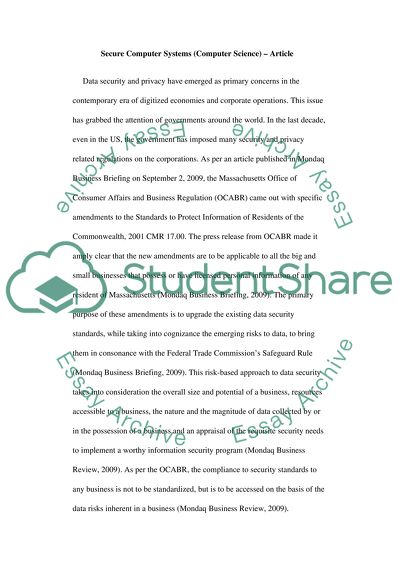Secure Computer Systems Term Paper Example | Topics and Well Written Essays - 500 words. Retrieved from https://studentshare.org/information-technology/1511677-secure-computer-systems-essay
Secure Computer Systems Term Paper Example | Topics and Well Written Essays - 500 Words. https://studentshare.org/information-technology/1511677-secure-computer-systems-essay.


